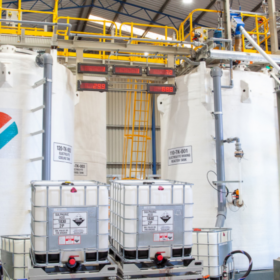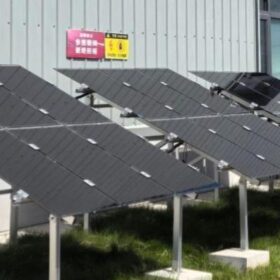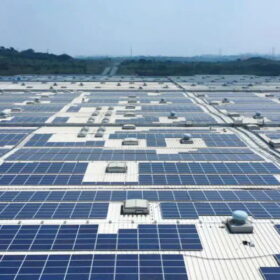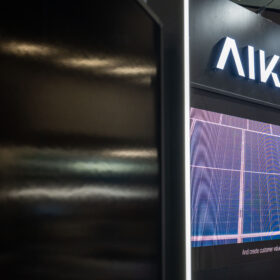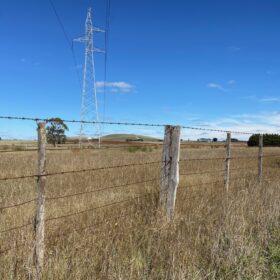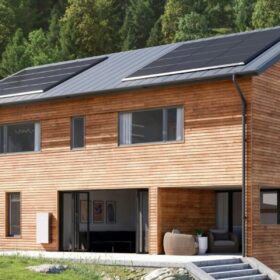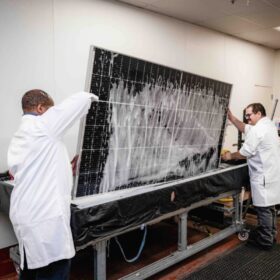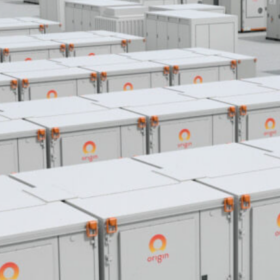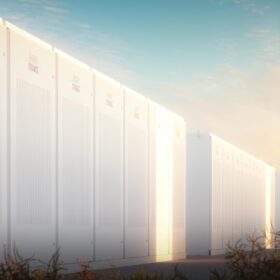Australian-made vanadium flow battery project moves to design phase
Perth-headquartered Australian Vanadium LImited’s subsidiary VSUN Energy has moved a vanadium flow battery project to a design phase with the aim to develop a home-grown modular, scalable, turnkey, utility-scale battery energy storage system.
Researchers build all-perovskite tandem solar cell with 28.2% efficiency
Researchers at the Australian National University are part of the international team that has built an all-perovskite tandem solar cell based on a wide-bandgap top perovskite cell with a 20.5% efficiency. The 1 cm2 scale tandem device achieved the highest efficiency yet reported for all-perovskite solar cells of this size.
Researchers analyse wind cooling effect for 5.9 MW rooftop PV array
Researchers have analysed how wind speed and direction affect the cooling of a rooftop PV plant with 10,806 panels. They said that winds from behind were less effective due to the roof slope and the minimal gap between the panels and the roof, but wind from other directions could contribute to a cooling effect of up to 7 C.
Cornwall tips 150 GW renewables boost for NEM within two decades
Australia’s main electricity grid is predicted to increase its solar, wind, and energy storage capacity by more than 150 GW by 2043 according to new projections published by energy market consultancy and research group Cornwall Insight.
Aiko teams with Australian research centre to push solar cell efficiency limits
Chinese solar cell and module maker Aiko Solar has partnered with the Australian Centre for Advanced Photovoltaics on a $6 million initiative aiming to achieve 30% efficiency with interdigitated back contact silicon solar cells.
TCV reveals preferred easement for Victoria to NSW interconnector project
The preferred easement for the 240-kilometre Victorian section of the Victoria to New South Wales Interconnector West transmission line project has been released by Transmission Company Victoria.
Tesla releases Powerwall 3 expansion units for more capacity at lower price
Each expansion unit adds another 13.5 kWh of storage capacity to the original installation with a maximum of three such units connected to a single Powerwall. Now available in the United States, the new product comes at a lower cost and slashes installation time by roughly half to 22 minutes.
Toyota teams with BHP to test electric HiLux dual-cab
With electric vehicle demand continuing to grow in Australia, Japanese auto manufacturer Toyota has revealed it will team with mining giant BHP to trial the “first ever” battery-powered HiLux dual-cab ute.
PVEL scorecard shows ‘relevant risks’ for TOPCon technology
The results of this year’s Kiwa PVEL scorecard have shown that TOPCon technology is more vulnerable than PERC, and the failure rate at bill of materials has increased to 41%, the highest in history, according to the testing lab.
Build starts on 240 MW second stage of Origin Energy’s Eraring battery project
Construction of the second stage 240 MW battery at Origin Energy’s Eraring Power Station located 120 kilometres north of Sydney and 40 kilometres south of Newcastle in New South Wales, has officially begun.
